In this second post of a series using the different categories of significant learning outcomes (SLO) as a basis for sharing how some teaching strategies and best practices came to be, the ordinary actions of teaching and learning are worth exploring for their extraordinary impact. Although we typically talk about “best practices” and “effective teaching,” there is also an enormous impact of the sheer amount of time spent “in school.:”
2400 hours
(for a 60 credit associate’s degree)
That’s a long time our busy students trust us with, in order to reach their goal or dream of doing something beyond the ordinary. Do we use that time teaching how to apply the tools of our discipline to a wide range of experiences commonly encountered in our field? The foundational tools and ideas of any discipline are often available in many forms such as books and online resources. However, “…understanding the impact of school life on the student some features of the classroom that are not immediately visible are fully as important as those that are” (Jackson, P., 1968). In curriculum theory terms, this is called a “hidden” curriculum.
As higher ed instructors, our students trust us to teach them not only the academic skills needed for success in their future endeavors, but also the “hidden curriculum” of soft skills that go along with applying the knowledge in the field. For example, simply consider your closet. When you dress for a typical day in the field of your choice, what do you wear? What would happen if you showed up in a different type of attire? Depending on your field, you might even be dismissed for violating a spoken or unspoken rule.
Project-based learning (PBL) and case studies are two strategies instructors can use to bridge the foundational knowledge of their discipline with the potential application in practice. Students then can learn the hidden curriculum in an instructor-facilitated learning environment, in addition to the more obvious “official” curriculum of the class. NMC has active learning classrooms (ALCs) as well as many other unique learning environments such as our simulation labs to facilitate the types of learning that will help students succeed outside of the classroom. A few instructors even request the NMC conference rooms at times to help students learn appropriate presentations skills for their business!
One example I’ll never forget stressing the limitations of teaching only by lecture was shared in my Master’s program. Dr. Stodt stated in her 30+ years of teaching, she found students looking attentively at her were in fact often daydreaming about something totally different. At the same time, the students who appeared on the surface to have wandering attention were visualizing themselves actively using her information. When you are planning your next lesson or project, have you built in “guided-practice time” for your students to apply their knowledge in the manner actually used by practitioners in your field?
Curious about what school feels like from a student perspective? This post highlighted on Grant Wiggins (Backwards Design) chronicles two days in the life of a student.
Gratuitous video showing how something ordinary changed the world in an extra-ordinary manner:
Jackson, P. W. (1968). Life in classrooms. New York: Holt, Rinehart and Winston.

